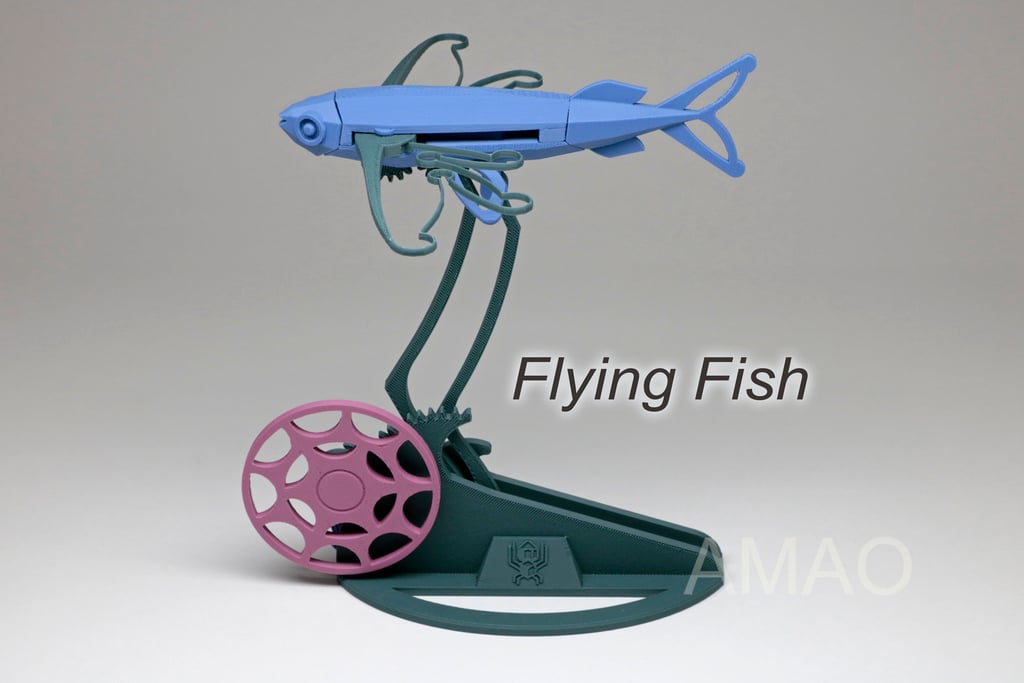
Flying Fish
thingiverse
Flying Fish live in the warm waters of tropical and subtropical surface waters. They reside in groups, exhibiting a habit of swimming. Their primary diet consists of zooplankton, but they are also an important food source for large migratory fish. As the Kuroshio Current moves northward in the spring, Flying Fish become one of the key species in Taiwan's fisheries. Orchid Island is known as the "Hometown of Flying Fish." The island's indigenous Dao people have a profound connection with these fish. When the black tide passes through Orchid Island, it brings the flying fish that signals the start of the flying fish season on the island. Flying fish are a traditional food source for the Dawu people. The Dawu people have strict norms for catching flying fish during their season. They stop capturing deep-sea and benthic fish, opting instead to use manpower to draw boats to catch them. From a modern marine conservation perspective, this cultural tradition has helped restore deep-sea and coral reef fish populations. However, in recent years, excessive commercial fishing has resulted from the promotion of flying fish season across Taiwan. Many flying fish eggs are used for consumption and export, labeled as "Marine Gold" and sold to Japan and the EU. This practice severely hampers the reproduction of flying fish, leading to a decline in their population. Under the influence of commercial interests, people seem to ignore the importance of sustainable marine operations. The Dawu people have demonstrated a unique approach by controlling their catch and integrating conservation principles into their traditional practices, ensuring that future generations can continue to enjoy marine resources. The way to the ocean is a difficult design after my Pangolin work. I combined three elements in this creation: flying fish that fly upwards, the tortoise of the Dawu people, the boat eye, and the sea wave-shaped base. In designing this piece, I considered various factors, including form, mechanism, material flexibility, assembly processes, and printing optimization. Each element affects the others, requiring coordination to achieve a successful design. The flying fish must be able to fly normally after assembly. Despite the complexity and time required, I enjoy the creative process. Thank you, SpiderMaker creator, for supporting this work with your materials. This piece was created using SpiderMaker PLA, with colors such as steel blue, rocky gray, orchid purple, and original skin color. The design software used was SketchUp, and the piece was printed on an UP BOX 3D printer. The recommended print settings include a layer height of 0.2mm, which cannot be reduced. This video showcases the creation process:
With this file you will be able to print Flying Fish with your 3D printer. Click on the button and save the file on your computer to work, edit or customize your design. You can also find more 3D designs for printers on Flying Fish.
